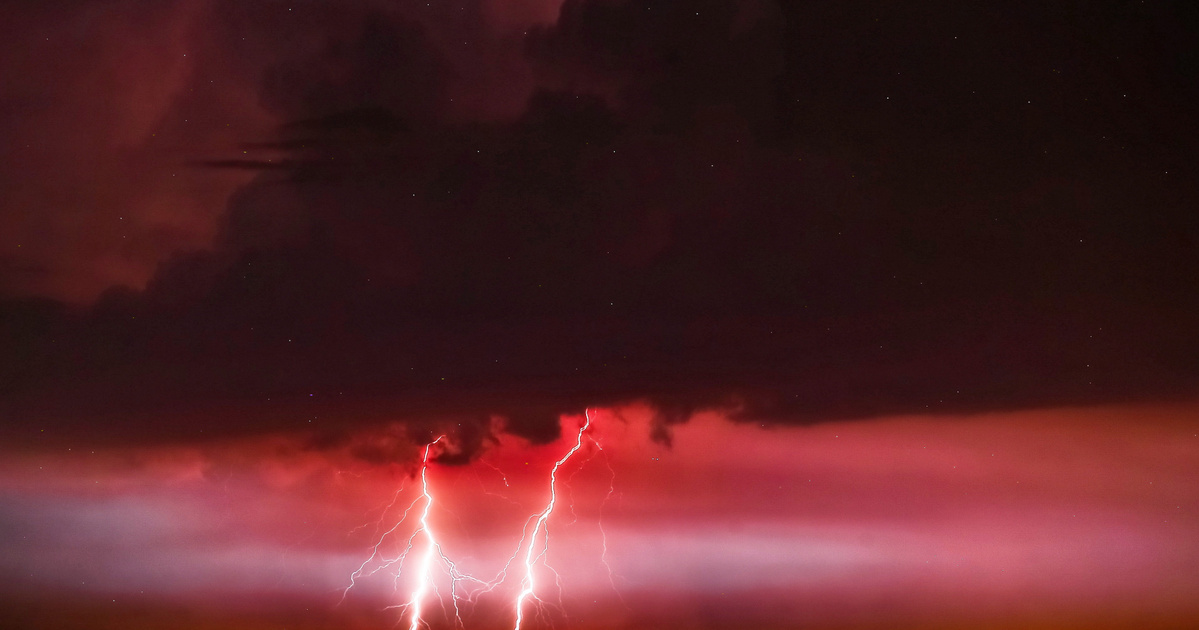One, In Nature Communications Back According to a study, lightning greatly helped the evolution of life on Earth. Benjamin Hess, a geologist at the University of Leeds, and fellow researchers conclude that lightning strikes played at least as important a role in the origins of life on Earth as meteorites.
Hesco’s research focused on fulgurite: how this glass-like mineral, also called lightning stone, forms during lightning and volcanic eruptions. The subject of the study, a pure pure fulgurite, was found after a 2016 lightning strike in a home in Illinois. The rock was taken to a college, and while researching here, it was revealed that it contained a large amount of chripirsite, a water-soluble mineral that contains phosphorous. This is interesting because, according to many researchers, phosphorus could have reached Earth with the Shrebersite meteorites, which played an important role in the emergence of the first life forms.
According to the researchers, on the 3.5 billion-year-old planet Earth, the amount of water-soluble phosphorous compounds produced by lightning exceeded the amount of phosphorous produced by meteorites.
Phosphorous is important
Phosphates, compounds containing the phosphate ion and phosphoric acid salts, are vital to all known forms of life because they are essential components of DNA, RNA, and ATP (the central energy source of cells), as well as bones, teeth, and cell membranes.
Early Earth got phosphorous from meteorites, but about 3.5-4.5 billion years ago meteors rate decreased. According to Hess’ research, because
Because most of the planets and moons in our solar system are pretty much formed now.
But today’s research has proven that organophosphorus can be produced in other ways, for example through lightning strikes, which can heat the surface to nearly 2,760 degrees Celsius, leading to the formation of new minerals. The only question was whether it was possible for enough lightning to strike the ground at such an early period.
It is estimated that 4 billion years ago, 1-5 billion lightning could have struck around the planet each year — due to the proportions: today about 560 million lightning zips above Earth each year — of which, according to Hessek, between 100 million and up One billion people come to Earth every year. These lightning bolts would have provided enough phosphorous for life on Earth to shape it.
We may never have a definitive answer about how much lightning gave Earth how much life-forming phosphorous, but Hesske’s calculations are mathematically possible. It is hypothesized that a combination of asteroid impacts and lightning strikes may have provided Earth with the phosphorous it needed to form the first biologically essential molecules.
According to Hess, one of the discovery’s most important conclusions is that organisms can appear on other Earth-like celestial bodies, even if meteor impacts do not occur frequently on those planets.
(Cover Photo: Lightning flashes in a storm in Poland in June 2019. Photo: Piotr Augustyniak/MTI/EPA)






